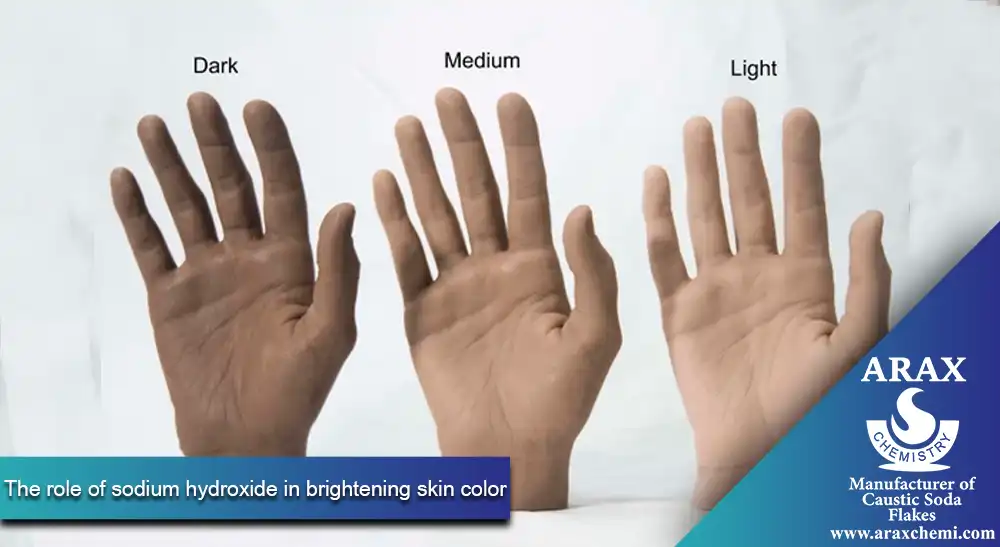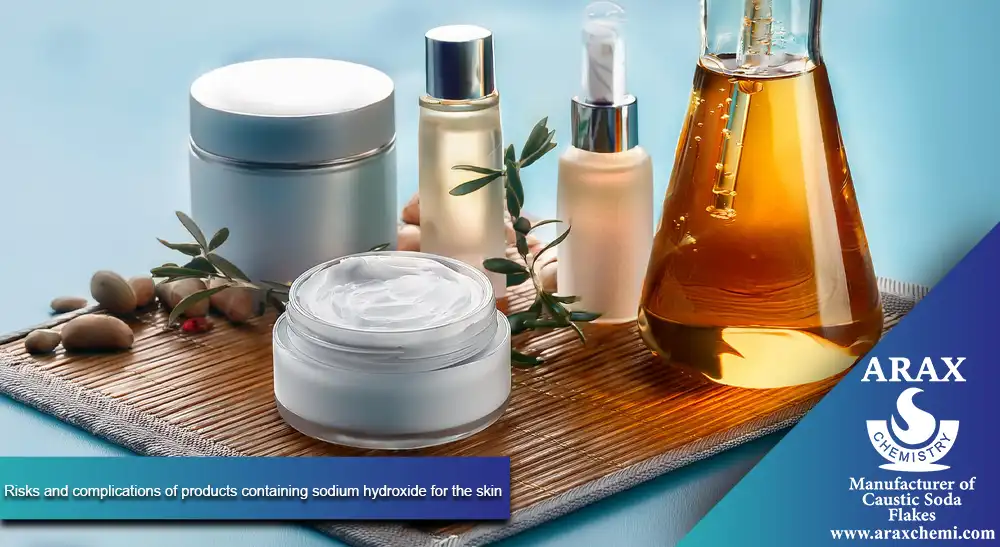Sodium hydroxide, commonly known as lye (NaOH), is a powerful ingredient used in many skincare products. This article explores how sodium hydroxide affects skin tone, its benefits, and potential side effects. Known for its alkalinity, sodium hydroxide plays a crucial role in regulating pH levels in cosmetics, improving texture, and enhancing skin’s appearance. Additionally, it can help exfoliate, removing dead skin cells and leaving the skin brighter and smoother.
Sodium Hydroxide’s Role in Skincare Products

Sodium hydroxide is an essential component in many skincare products like soaps, creams, and lotions. It is particularly beneficial for its ability to balance the pH of cosmetics, ensuring they are safe for human skin. When combined with oils and fats, sodium hydroxide helps create glycerin-based soaps, which are known for their exfoliating and cleansing properties. By neutralizing acidic compounds, sodium hydroxide contributes to smoother, healthier skin.
How Sodium Hydroxide Brightens Skin
- Cleansing: Sodium hydroxide is a key ingredient in soap production. It effectively cleanses the skin by removing dirt, oil, and impurities, which can lead to a brighter complexion.
- Exfoliation and Skin Renewal: In higher concentrations, sodium hydroxide works as an exfoliant by removing dead skin cells. This promotes cell regeneration, resulting in smoother, more radiant skin over time.
Risks and Side Effects of Sodium Hydroxide in Skincare

While sodium hydroxide is beneficial in controlled concentrations, pure sodium hydroxide can be harmful. It can cause skin irritation, inflammation, or chemical burns if not handled properly. In skincare formulations, sodium hydroxide is carefully measured to ensure safety.
Consumers should be cautious, especially in regions where high concentrations of sodium hydroxide are used in skin-lightening products. Products with excessive levels of sodium hydroxide can severely damage the skin and hinder proper regeneration. Common side effects include redness, itching, hives, and inflammation. It’s crucial to patch-test any new product and follow the manufacturer’s instructions closely.
Benefits of Sodium Hydroxide Compared to Other Chemicals
- Better pH Regulation: Sodium hydroxide excels at balancing the skin’s pH, making it a safer choice compared to other alkaline substances in skincare formulations.
- Environmentally Friendly: Sodium hydroxide is less harmful to the environment than other chemicals, as it neutralizes acids without releasing harmful gases into the atmosphere.
Conclusion The Role of Sodium Hydroxide in Skin-Whitening Products
Sodium hydroxide is a common alkaline ingredient in skin-whitening products due to its ability to regulate pH, exfoliate, and enhance skin brightness. Despite its risks, when used correctly in controlled concentrations, it can improve skin smoothness and radiance. Always use products as directed to minimize the risk of side effects and maximize the benefits.
FAQs
- How does sodium hydroxide affect skin-lightening products?
Sodium hydroxide helps regulate pH in skin-lightening formulations, ensuring they are safe and effective. While not directly targeting melanin, its correct use can enhance the overall effect of lightening products. - Can sodium hydroxide help treat acne scars?
Yes, with proper use, products containing sodium hydroxide can aid in the gradual fading of acne scars, though results may take time.
